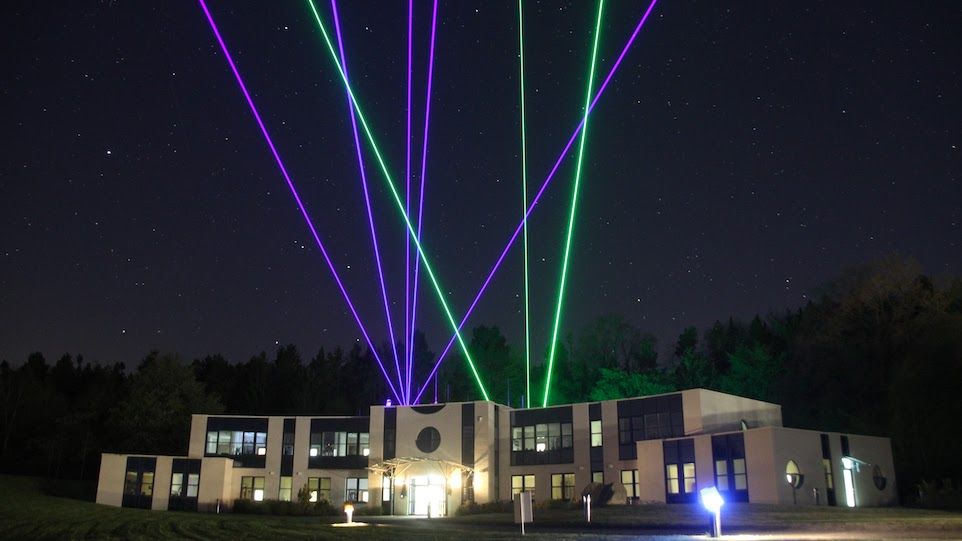
Mini laser developed

A new device is able to measure wind and temperature in a compact size.
12/06/2022 · News · Leibniz-Institut für Atmosphärenphysik an der Universität Rostock · Mathematik, Natur- und Ingenieurwissenschaften · Forschungsergebnis
How can the atmosphere be measured in remote places around the world? This question is being addressed by the Optical Sounding department of the Leibniz Institute of Atmospheric Physics (IAP) in Kühlungsborn. For this purpose, the researchers are participating in an international project funded by the European Union's Horizon Europe program. A first instrument that will provide answers is now being built at the Baltic Sea.
EULIAA (European Lidar Array for Atmospheric Climate Monitoring) is the name of the program in which the institute is participating and collaborating with partners from academia and industry across Europe. "Weather services have found that there is a gap in the measurement chain," explains Dr. Gerd Baumgarten, scientist and acting department head at the IAP. "There is hardly any data in the range between ten and 50 kilometers altitude. We want to find a solution for that." The institute in Kühlungsborn is getting support from Aachen: In collaboration with the Fraunhofer Institute for Laser Technology, the researchers are working on a new laser that for the first time can measure temperature and wind in hard-to-reach places in a compact lidar device.
At the institute in Kühlungsborn, lasers have been measuring various parameters continuously for decades. The disadvantage: they are permanently installed and can hardly be transported. "Not to mention their use in other climate zones," says physicist Dr. Josef Höffner, who has already conducted research in Antarctica. Even the smallest model, which was already part of missions in Norway, weighed more than 15 tons. "The new lidar technology is much smaller and, at 500 kilograms, a lightweight." Nevertheless, it can withstand snowstorms. To do so, the laser is well protected inside the system. From there, it measures both vertically and obliquely, day and night. "Any weather is fine with us," says Höffner. "The only thing we can't get through is dense clouds."
To collect meaningful data, the institute is networking internationally. Among other places, the compact lasers will be used in Norway and France. On the Canary Islands, they will measure at an altitude of 3,000 kilometers, and in Switzerland at 3,400 meters. Finally, the data will be processed so that weather services can use it.
The device is currently in the test phase. Scientist Gerd Baumgarten is optimistic about the future: "We plan to distribute up to 100 of these lidars in Europe in the long term. That would help us study climate change in sensitive regions of the Earth's atmosphere and provide tangible insights." The project is funded with a total of 3.5 million euros and is initially scheduled to run for four years.
Further information and contact
Press release - Leibniz Institute of Atmospheric Physics at the University of Rostock (IAP)